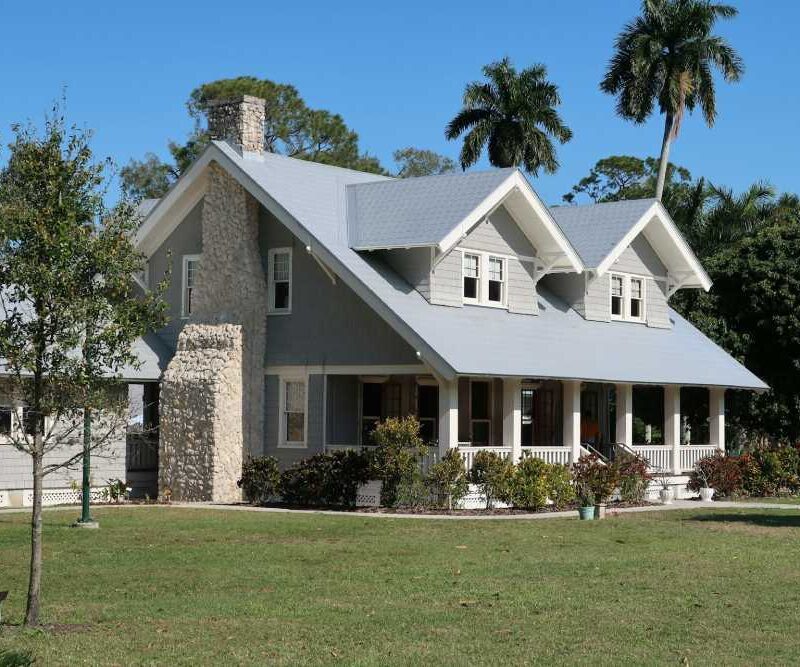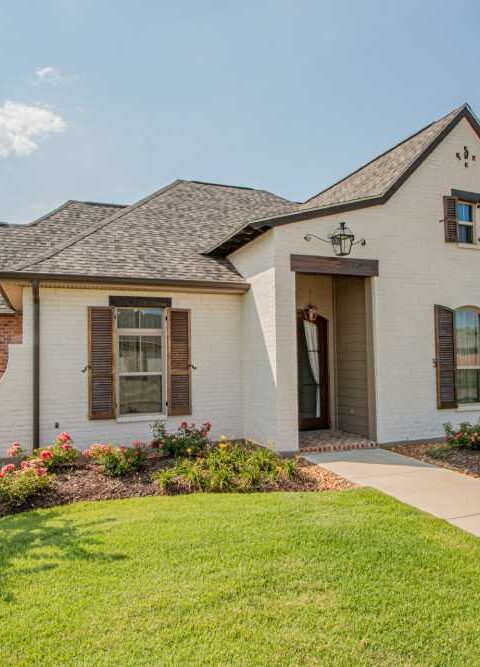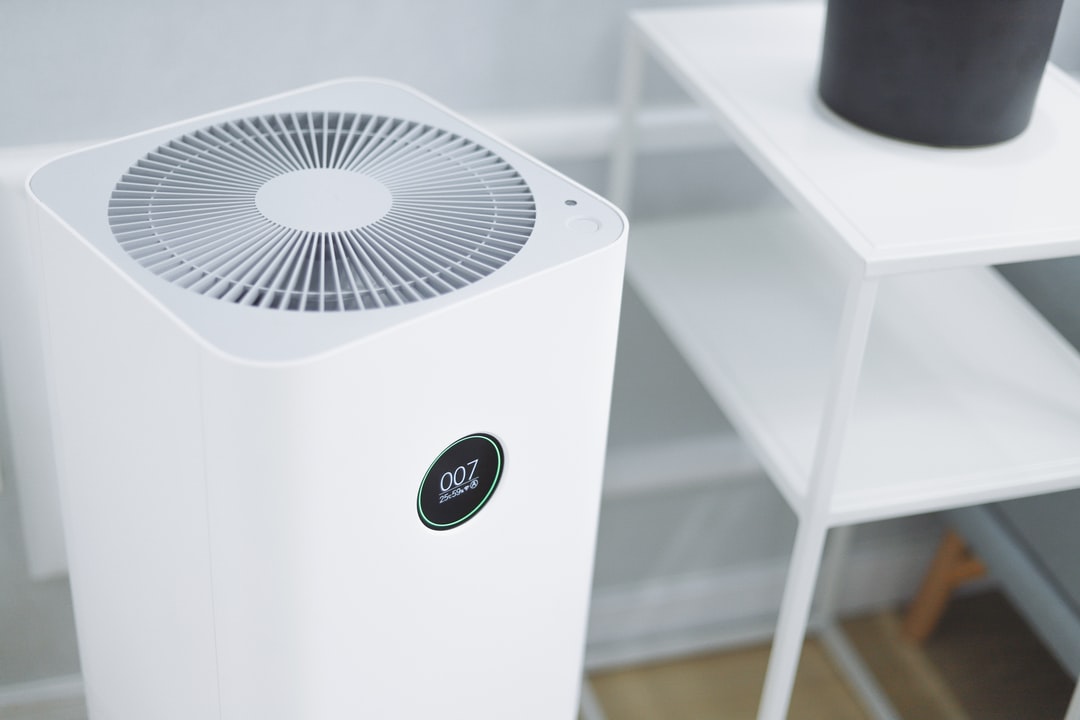Your home’s roof is a fundamental component that requires attention and care. It is the first barrier against the elements, and its condition directly impacts your property’s value and safety. This detailed guide explores various facets of roofing—from material selection and maintenance to warning signs—that every homeowner should be familiar with.
Types of Roofing Materials and Their Durabilities
The durability and cost of your roof will largely depend on the materials you choose. Asphalt shingles reign as a popular choice due to affordability and an average lifespan of 20 years.
On the other hand, metal roofing is praised for its resilience, lasting over 50 years, withstanding inclement weather, and being fire resistant. Those searching for a sophisticated and timeless appeal often choose slate or clay tiles, although they have a higher price tag and maintenance considerations.
Wood shakes present a rustic charm but require frequent treatment to combat rot and insects. The advent of eco-friendly options like green roofs, which adorn the rooftop with vegetation, and solar tiles, known for converting sunlight into electricity, reflects the roofing industry’s movement towards sustainable solutions.
While potentially more costly upfront, these innovative materials offer long-term economic and environmental benefits. Professional roofing services can guide you in choosing the best material for your home based on local climate and structural demands.
Warning Signs That Your Roof Needs Attention
Early roof damage detection can mitigate the need for extensive repairs or replacement. Telltale signs include missing, cracked, or buckling shingles and granules collecting in gutters—indicating wear. Internal signs should not be ignored; wet spots or discolored patches on your ceilings might suggest leaks.
If your roof has a sudden spike in energy bills, this could be a symptom of ventilation issues causing heat and cold to escape. Sagging rafters or a drooping roof deck are symptoms of structural concerns that warrant immediate intervention.
Additional guidance is available through resources like Consumer Reports, which provide homeowners with in-depth information on spotting and addressing roof issues. Also, it is a good idea to contact us for more information or experts nearby for more valuable information.
The Importance of Regular Roof Inspections
Just like regular health check-ups can keep you running at your best, the same applies to your roof. Professional inspectors are trained to spot issues that an untrained eye may miss. These examinations are vital in identifying potential problems like small leaks, which can lead to water damage, mold growth, and weakened structures if unchecked.
Inspections can also reveal shingle deterioration, inadequate flashing, or problems with the sealing. Recommendations by organizations such as the National Association of Certified Home Inspectors underline the importance of a regular and thorough roof inspection, which should also consider the roof’s drainage system and other penetration points like chimneys and skylights.
Acting on inspection findings promptly will ensure minor issues do not turn into major expenses.
Impact of Weather and Environment on Roof Lifespan
Your regional climate dictates how defensive your roof needs to be. In areas with heavy snowfall or high winds, it’s necessary to have a roof that can withstand significant loads and shear forces. Similarly, regions that experience intense sunlight or coastal salt spray require roofing materials and coatings designed to resist UV rays and corrosion.
Proactive measures, such as periodic gutter cleaning to prevent ice damming, sealing to defend against torrential rain, or using reflective coatings in sun-drenched locales, will go far in preserving your roof. These preventive strategies can extend the roof’s life and save homeowners from unexpected repair costs.
Advantages of Timely Roof Maintenance
Effective roof maintenance prolongs its life and ensures the safety and comfort of those beneath it. Simple tasks such as trimming overhanging branches can prevent physical damage and the accumulation of damp leaves that lead to rot.
Ensuring proper attic insulation and ventilation can avoid the extremes of temperature fluctuation that cause roofing materials to expand and contract significantly, leading to premature wear. Moreover, keeping a close eye on the condition of sealants and flashing around vents and chimneys can prevent leaks from developing.
An awareness of these maintenance needs will ensure that your roof remains capable of standing up to the rigors of time and nature.
Choosing the Right Contractor for Roofing Services
Selecting the right roofing contractor is critical in guaranteeing quality work. Seek out local contractors with solid reputations and verify their qualifications, such as licenses and insurance coverage. A reliable contractor will have a portfolio of completed projects and should be willing to provide references upon request.
Be vigilant of excessively low bids, which might reflect inferior materials or workmanship. Requesting detailed proposals that outline the scope of work, materials to be used, and timelines can prevent misunderstandings and ensure expectations are aligned.
Future Roofing Innovations and Sustainable Practices
Investment in technology is reshaping roofing with advancements such as energy-efficient materials and adaptive designs that respond to environmental changes. These innovations offer homeowners increased durability and lower utility costs, contributing to a more sustainable future.
For instance, roofs integrated with solar panels or constructed with recycled materials embody the shift towards eco-conscious living. As the market for green roofing grows, these alternatives are becoming more accessible and affordable, allowing homeowners to contribute positively to the planet while enjoying the practical benefits.
Insurance and Roofing: What Homeowners Should Know
Understanding your homeowner’s insurance policy is essential, especially concerning roofing damage coverage. Different policies have varying levels of coverage for roof damage, with some only covering specific causes like vandalism or natural disasters.
Knowing the intricacies of your coverage can be pivotal when dealing with severe weather events or unexpected damage. It’s also beneficial to familiarize yourself with the claims process to handle any situation swiftly and efficiently.







